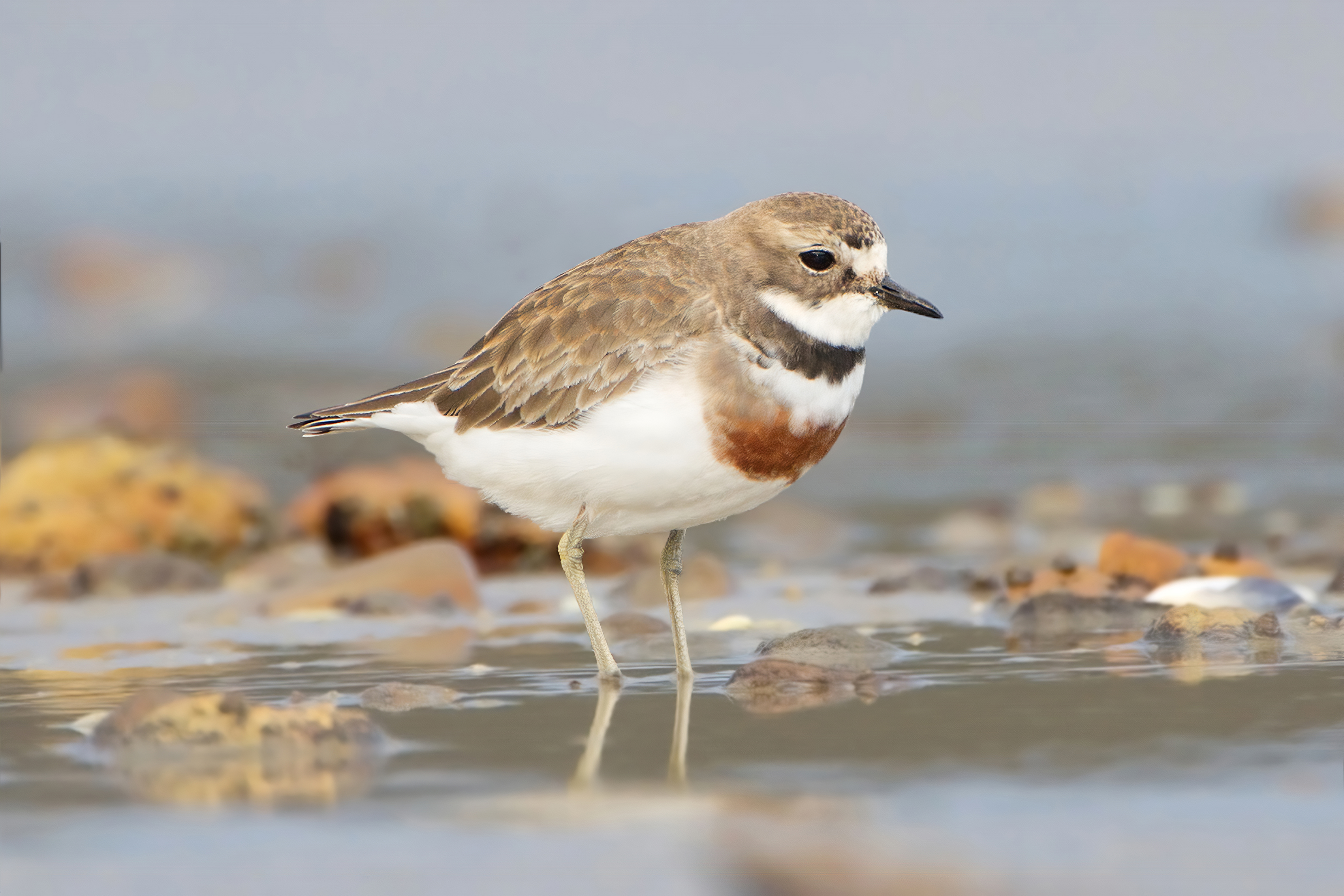Robbins Passage And Boullanger Bay Important Bird Area on:
[Wikipedia]
[Google]
[Amazon]
 The Robbins Passage and Boullanger Bay Important Bird Area is a 238 km2 tract of land at the western end of the north coast of Tasmania, south-eastern
The Robbins Passage and Boullanger Bay Important Bird Area is a 238 km2 tract of land at the western end of the north coast of Tasmania, south-eastern
 The Robbins Passage and Boullanger Bay Important Bird Area is a 238 km2 tract of land at the western end of the north coast of Tasmania, south-eastern
The Robbins Passage and Boullanger Bay Important Bird Area is a 238 km2 tract of land at the western end of the north coast of Tasmania, south-eastern Australia
Australia, officially the Commonwealth of Australia, is a Sovereign state, sovereign country comprising the mainland of the Australia (continent), Australian continent, the island of Tasmania, and numerous List of islands of Australia, sma ...
. It comprises extensive areas of intertidal mudflat
Mudflats or mud flats, also known as tidal flats or, in Ireland, slob or slobs, are coastal wetlands that form in intertidal areas where sediments have been deposited by tides or rivers. A global analysis published in 2019 suggested that tidal fl ...
s and saltmarsh with adjacent farmland. It is an important site for waders, or shorebirds.
Description
The site encompasses all the mudflats around Robbins Island, extending eastwards around Perkins Bay to North Point. It includes most of the Duck Bay, Lees Point, Perkins Island and West Inlet Conservation Areas, as well as the Petrel Islands.BirdLife International. (2011). Important Bird Areas factsheet: Robbins Passage and Boullanger Bay. Downloaded from http://www.birdlife.org on 2011-09-30. It is adjacent to the northern end of the North-west Tasmanian Coast Important Bird Area in the west. The Petrel Islands Group includes Big Stony, Little Stony, Big Sandy andSouth West Petrel Island
South West Petrel Island is an island game reserve with an area of 4 ha, part of the Petrel Island Group, lying in Bass Strait close to Walker and Robbins Islands in north-west Tasmania, Australia.
Fauna
Recorded breeding seabird, shorebird and ...
s. They support breeding short-tailed shearwater
The short-tailed shearwater or slender-billed shearwater (''Ardenna tenuirostris''; formerly ''Puffinus tenuirostris''), also called yolla or moonbird, and commonly known as the muttonbird in Australia, is the most abundant seabird species in A ...
s and are heavily used for muttonbirding
Muttonbirding is the seasonal harvesting of the chicks of petrels, especially shearwater species, for food, oil and feathers by recreational or commercial hunters. Such hunting of petrels and other seabirds has occurred in various locations since p ...
.
Birds
The site has been identified byBirdLife International
BirdLife International is a global partnership of non-governmental organizations that strives to conserve birds and their habitats. BirdLife International's priorities include preventing extinction of bird species, identifying and safeguarding ...
as an Important Bird Area
An Important Bird and Biodiversity Area (IBA) is an area identified using an internationally agreed set of criteria as being globally important for the conservation of bird populations.
IBA was developed and sites are identified by BirdLife Int ...
(IBA) because it supports over 1% of the world populations of red-necked stints, double-banded plovers, pied and sooty oystercatchers, and a population of hooded plovers. The IBA is the most important site for waders in Tasmania, with over 25,000 birds using it in summer.
The saltmarsh and fringing farmland provide habitat for critically endangered orange-bellied parrots on migration, as well as flame robins and many of Tasmania's endemic bird species. Significant numbers of ruddy turnstones and Far Eastern curlews have been recorded. White-bellied sea eagles and Tasmanian wedge-tailed eagles breed within the site. The IBA also supports some 242,000 breeding pairs of short-tailed shearwaters.
References
Coastline of Tasmania Bass Strait North West Tasmania Important Bird Areas of Tasmania {{Tasmania-geo-stub